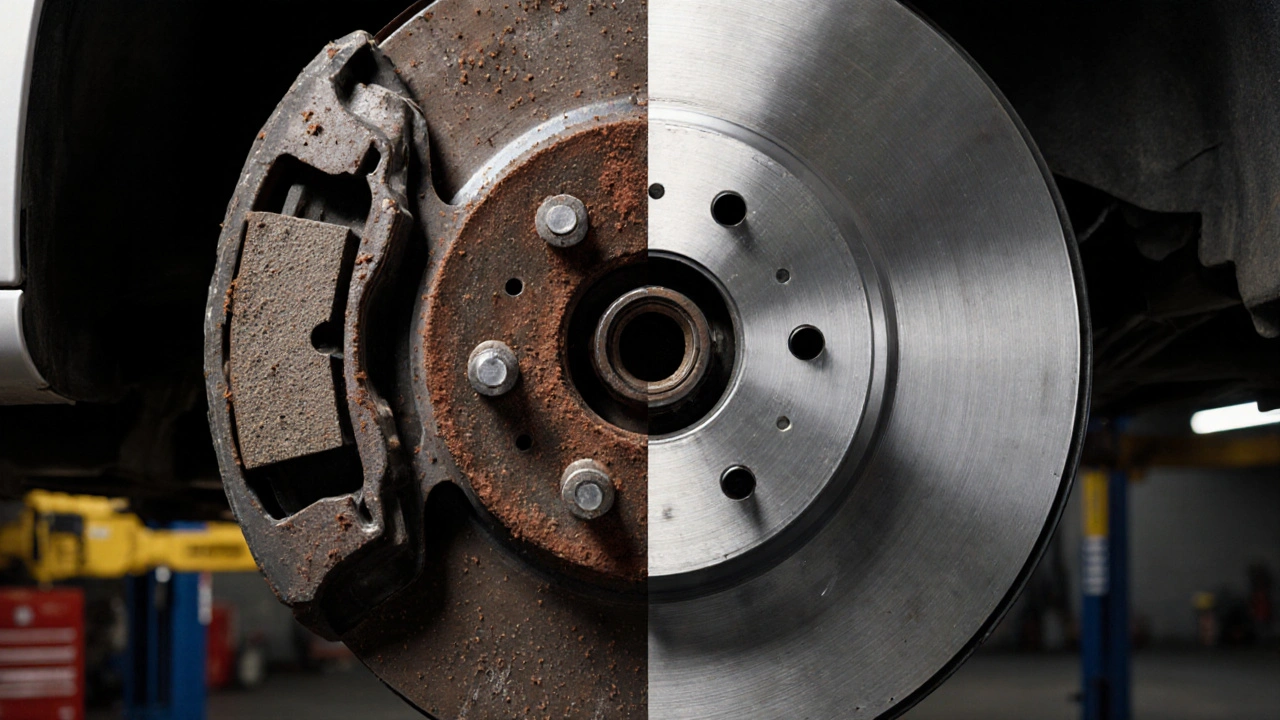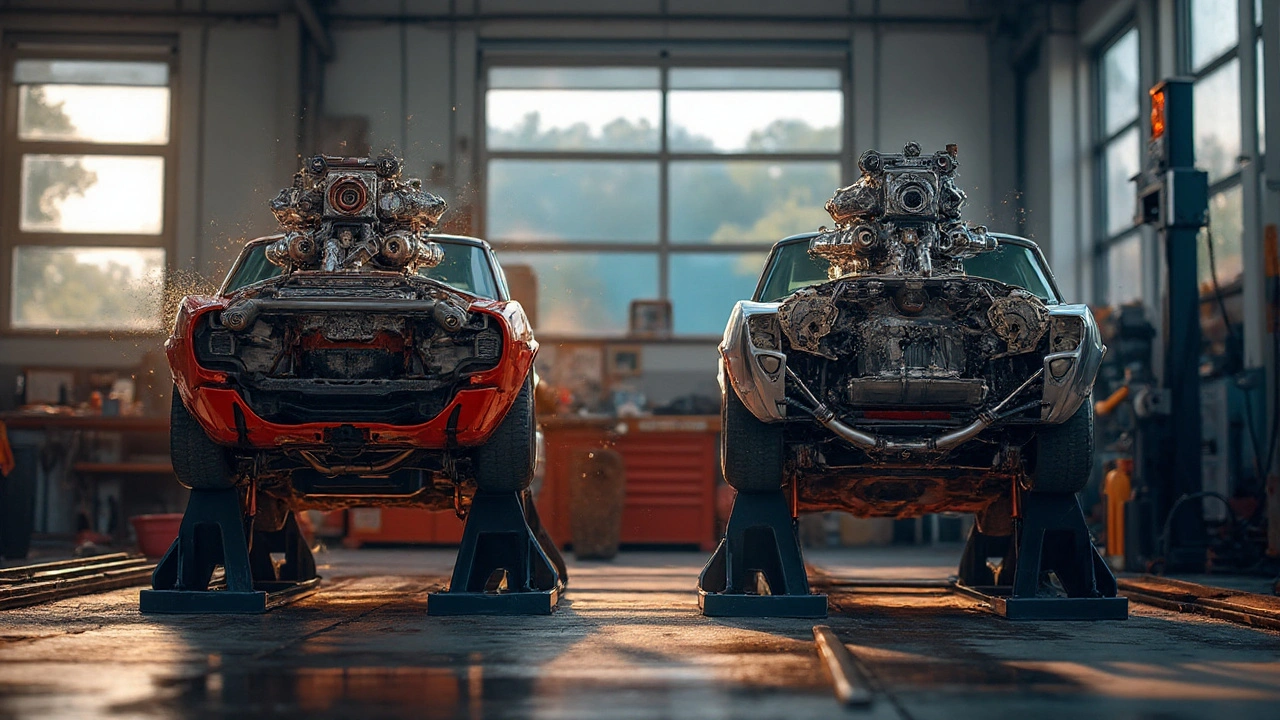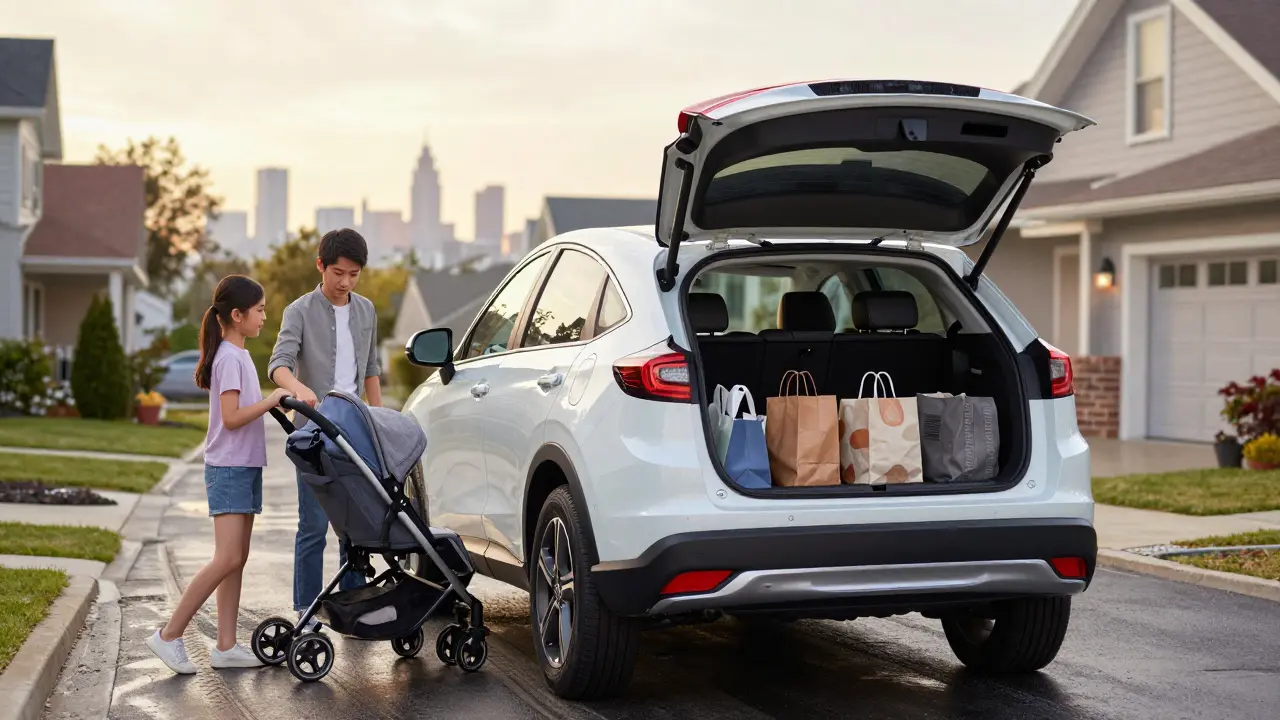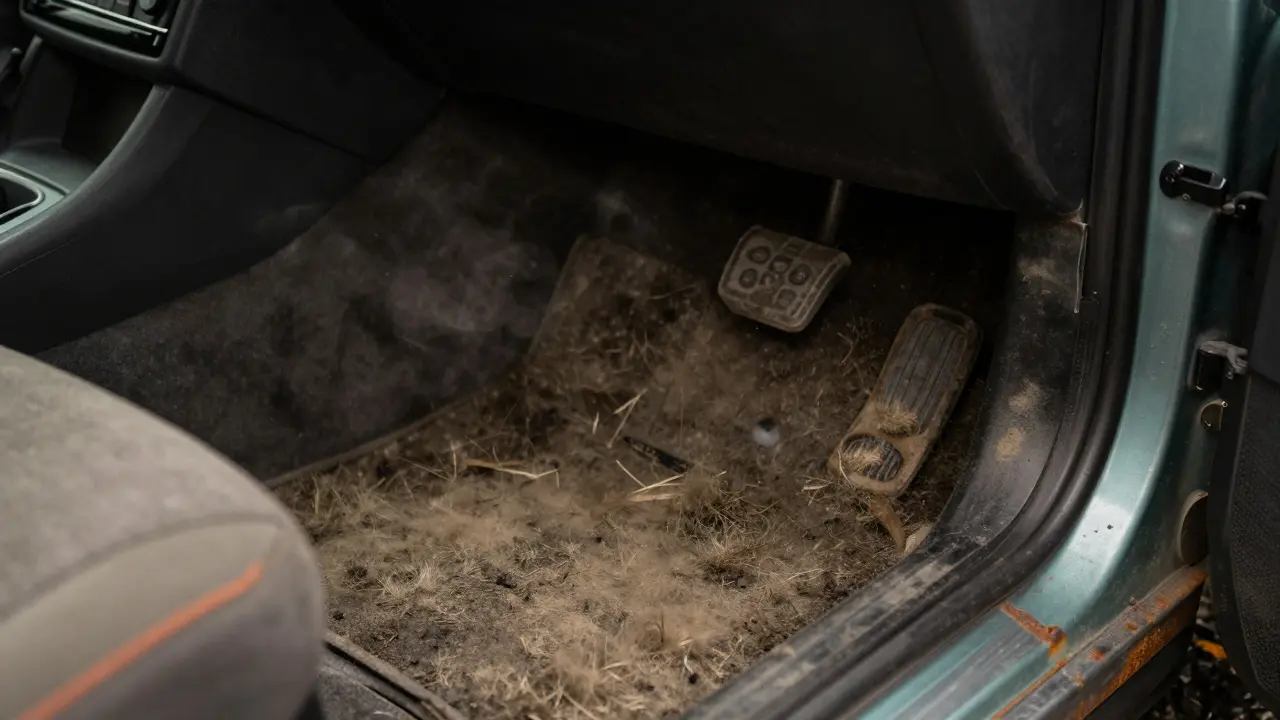OEM vs Aftermarket Car Parts: Which Is Right for You?
When a part breaks, you quickly face the OEM vs aftermarket question. It can feel confusing, but the answer is simple once you know what each term means and what you care about most – price, quality, and fit.
What’s an OEM part?
OEM stands for Original Equipment Manufacturer. These parts are made by the same company that built the original component for your car. They match the exact design, material, and performance specs your vehicle rolled off the factory with.
Because they are built to the same standards, OEM pieces usually fit perfectly the first time. If you want your car to run exactly like it did when it was new, OEM is the safe choice.
When an aftermarket part makes sense
Aftermarket parts are produced by third‑party companies. They can be cheaper, and many are designed to improve on the original – think better flow, stronger material, or a sportier look.
These parts are a good fit if you’re on a budget, want a performance boost, or need a specific style that OEM doesn’t offer. Just make sure the brand is reputable and the part is certified for your model.
Price is the biggest driver for most shoppers. OEM parts often cost 20‑50 % more than comparable aftermarket options. If the part isn’t critical for safety or engine health, the savings can be worth it.
Fit and warranty matter too. A bad fit can cause noise, wear, or even damage. Many aftermarket makers provide a warranty that matches OEM, but read the fine print – it may not cover installation errors.Installation is another factor. Some aftermarket parts require extra adjustments or tools. If you plan to DIY, choose a part that comes with clear instructions and the right hardware.
Reliability varies by brand. Companies like Bosch, Denso, and Monroe have solid reputations for making aftermarket parts that perform like OEM. Look for reviews, certifications, and how long the brand has been in business.
For performance upgrades – such as a better exhaust, sportier brake pads, or a high‑flow air filter – aftermarket is often the only route. OEM usually doesn’t make performance‑focused parts for the average driver.
Safety‑critical components like airbags, seat belts, or engine internals should stay OEM whenever possible. The cost difference is small compared to the risk of a failure.
If you’re reselling your car, OEM parts can help keep the resale value higher. Buyers often prefer original parts because they trust the history and quality.
In the end, decide what matters most: cost, performance, warranty, or resale value. Write down your priorities, compare a few brands, and pick the part that fits your needs without breaking the bank.
Remember, both OEM and aftermarket have good options. Knowing the pros and cons lets you make an informed choice and keep your car running smoothly.






